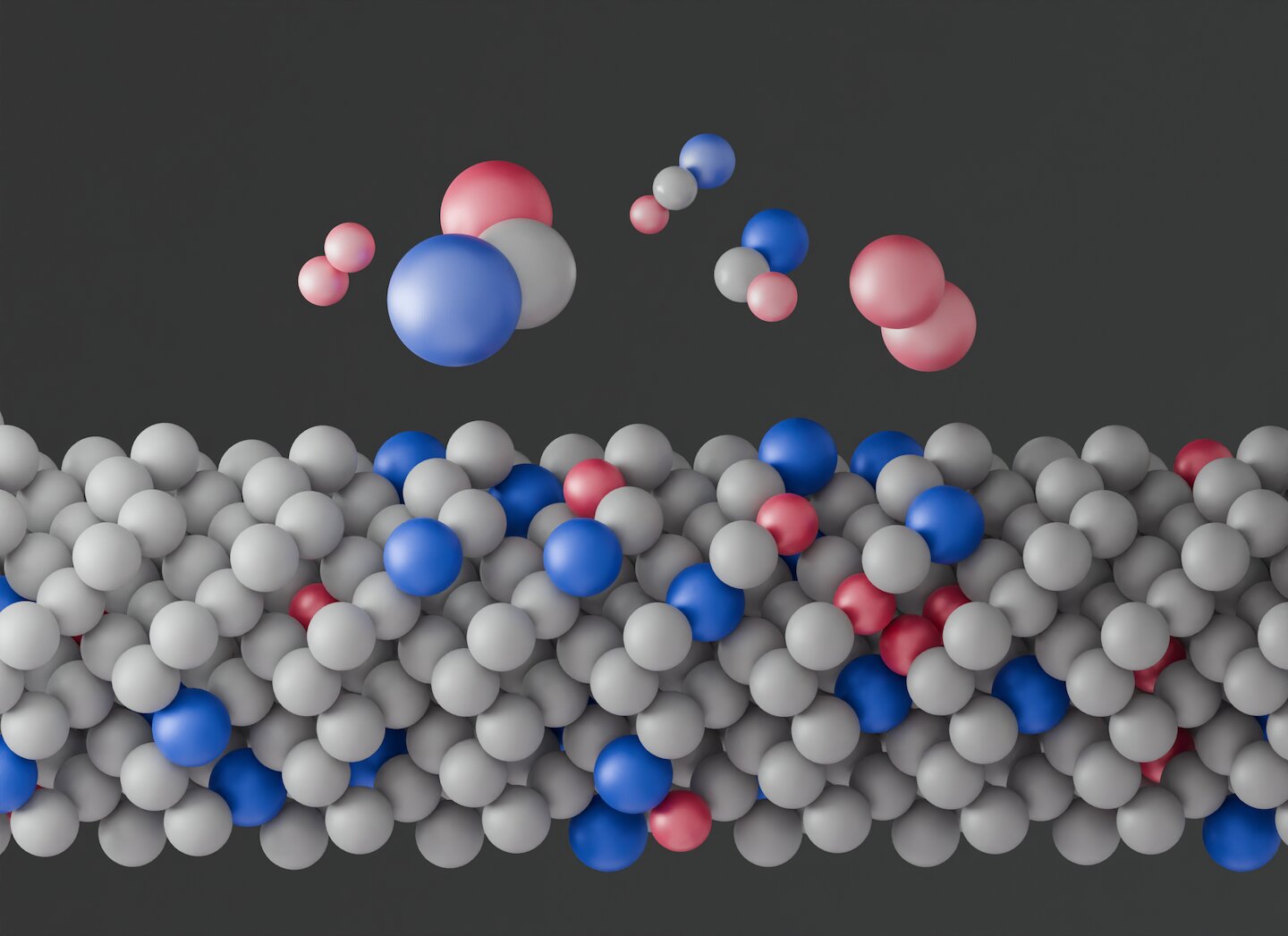Key Takeaways
- Berkeley Lab and George Washington University researchers discovered that atoms in semiconductors can form localized patterns, altering electronic properties.
- The study reveals new insights into short-range order (SRO) in semiconductor materials, particularly in those designed for quantum computing and optoelectronics.
- Advanced techniques, including machine learning, facilitated the identification of specific atomic arrangements within the semiconductor structure.
Revolutionary Findings on Semiconductor Structures
Researchers from the Lawrence Berkeley National Laboratory (Berkeley Lab) and George Washington University have made a significant discovery in the field of semiconductors, confirming that atoms within these materials can organize themselves into unique localized patterns. This ordered arrangement, known as short-range order (SRO), is critical as it directly influences the electronic characteristics of the material, particularly the band gap—a vital property for microelectronics.
Historically, the atomic structures of semiconductors have been understood through the recognition of crystals made of alternating elements arranged in fixed lattice structures. Elements like germanium, silicon, and tin are often used, with trace amounts of the latter two mixed into the dominant germanium. However, the specific arrangements of these trace elements at the atomic level remained largely unexplored due to limitations in existing microscopy techniques.
Andrew Minor, co-lead author and a professor at UC Berkeley, remarked on the importance of understanding these localized arrangements, stating that they’ve previously been theorized but not validated through direct observation. The findings are believed to pave the way for customizing semiconductors for advanced technologies, such as quantum computing and defense devices.
The breakthrough occurred when Lilian Vogl, the first author of the study and a former postdoctoral researcher at Berkeley Lab, employed a cutting-edge electron microscopy technique called 4D-STEM to analyze a germanium sample infused with tin and silicon. Initially, data were clouded with noise, making it challenging to interpret weak signals from the additives against the dominant germanium signal. However, by incorporating an energy-filtering device, Vogl managed to enhance the clarity of the signals. This improvement revealed distinct patterns, indicating a preferred atomic arrangement.
To further dissect these patterns, Vogl collaborated with Tianshu Li’s group at George Washington University. Li’s team developed an innovative machine-learning potential that allowed them to simulate various atomic structures efficiently. Through this collaboration, the research team identified six recurring motifs, shedding light on the short-range ordering in the semiconductor.
Shunda Chen, a research scientist in Li’s group, noted the significance of combining machine learning with scientific calculations, underscoring the successful replication of experimental observations in detail. This method of analysis has provided unprecedented insights into the structural motifs that affect the semiconductor’s electronic properties.
Follow-up research initiated by additional members of the µ-Atoms initiative is expected to explore how these SRO motifs contribute to the overall functionality of semiconductors. There is optimism that manipulating atomic order could lead to innovative processing techniques and new types of electronic devices.
Vogl expressed excitement about the prospects, suggesting that this research could redefine the design of semiconductors at the atomic scale. By enabling the precise arrangement of SRO motifs, the team is on the brink of driving advancements in diverse fields, including quantum materials, neuromorphic computing, and optical detection technologies.
The study, which has been published in “Science,” marks a crucial step toward unlocking the potential of tailored semiconductor materials and transforming the landscape of information technology.
The content above is a summary. For more details, see the source article.















